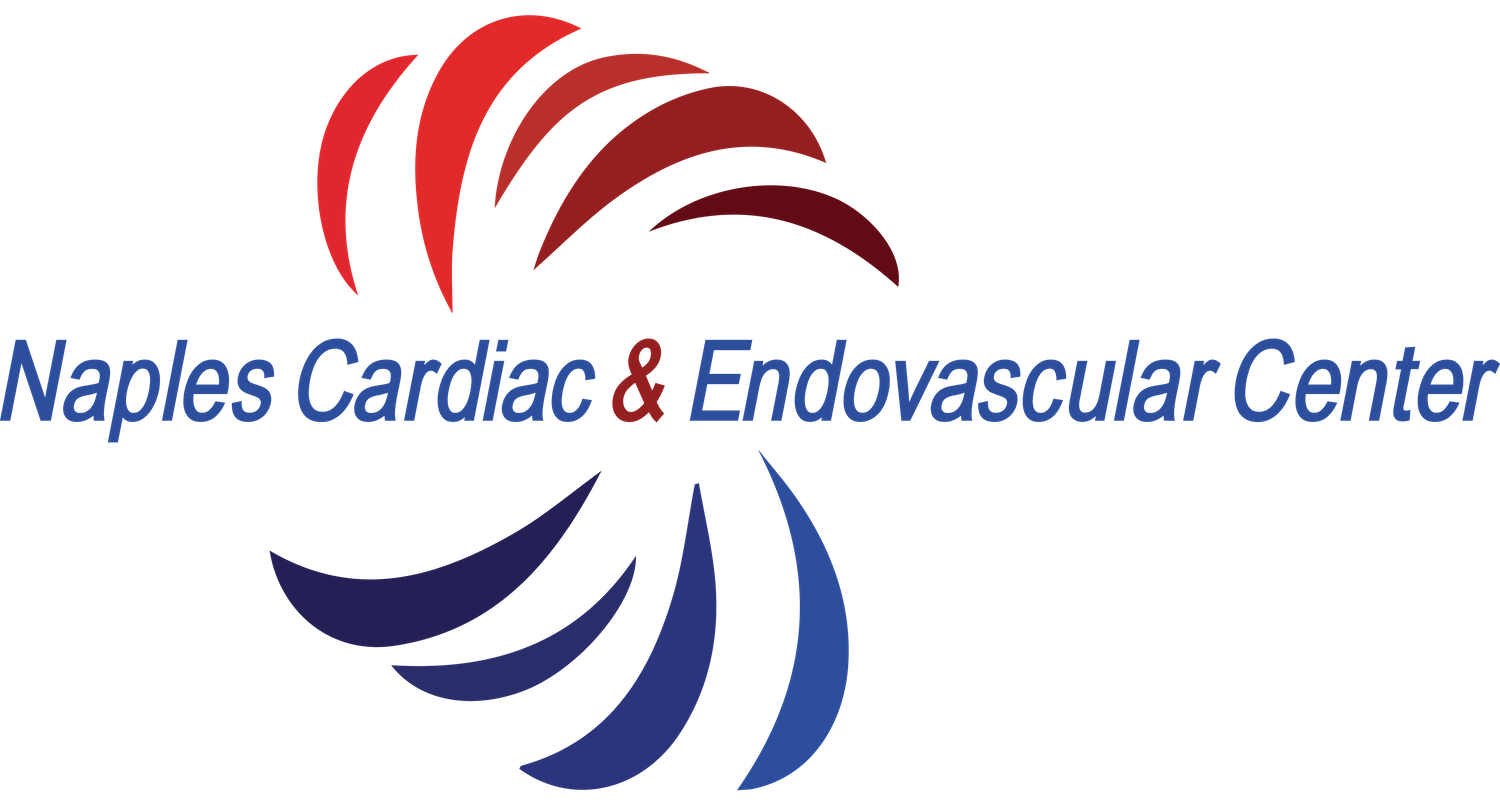Guide for Vascular Interventions
This guide to vascular interventions will help you understand what it is, the training that is required in order to be able to perform it, and some conditions that are treated with this type of procedure. We used non-surgical minimally invasive techniques without the need for blades or sutures to care for your venous and vascular conditions .
Percutaneous or catheter based Vascular interventions is a specialized type of procedure that manages the treatment of conditions related to the arteries and veins. In order to be able to perform vascular interventions, there is extensive training that is required. After the completion of medical school, there is a 4 year training in general medicine and then a 3 year fellowship training in cardiovascular disease than a 1 to two years of highly specialized vascular interventions of the heart and the rest of the body that is geared towards the specific vascular intervention techniques.
To book a consultation click here or call (239) 300-0586.
Conditions Treated through Endo Vascular Interventions
There are many different diseases and structural problems that may affect the veins and arteries, but with vascular interventions, these problems can be treated. Vascular interventions can take place in either an office setting or in the angio suite, which depends on if they are complex and heart related procedures that require longer and high risk interventions, or endovascular procedures that are minimally invasive and only make small puncture incisions into the skin and vessels. Here are some common conditions and the ways in which these would be treated through vascular percutaneous procedures.
Clogged arteries: these occur in places other than just the heart. The carotid arteries are found in the neck and transport blood to the neck and head. These can become blocked with cholesterol plaques and if there is reduced flow, may lead to reduced flow to the head or the possibility of the plaque breaking off and causing a stroke. An endarterectomy or stents is a percutaneous procedure in which the plaque is treated with stents which are metal mesh that are implanted inside the artery to open the clogged area or it can be done as a surgery and performed in an operating room. Endarterectomies can occur in other arteries in the body as well, but carotid endarterectomies are a common and well-known type of procedure.
Aneurysms: these occur within arteries where there is a weakened point within the artery wall that causes an outpouching in the artery. Aneurysms are of concern, as the weakened point can lead to rupture due to the pressure within the artery. Brain aneurysms are well known, but these are managed by a neurosurgical interventionalist and by neurosurgeons. The other more common aneurysm is in the abdominal aorta and these are addressed are also treated with special large mesh that can be implanted using catheter and avoiding surgery. These procedures are performed in the operating room in a hospital setting and they are called endovascularly to repair the weakened point in the artery to prevent rupture, in very complex cases it has to be done surgically
Varicose veins: these are typically found in the legs and are caused by malfunctioning valves in the veins that prevent blood from being pushed back up toward the heart. This leads to pooling of blood in the veins that causes the varicose veins, gnarled veins that are visible on the skin. Endovascular ablations therapy is used in a ambulatory center setting that scars the vein to prevent any further blood flow through the veins.
Peripheral vascular disease: causes narrowing of the arteries in the extremities, but mainly in the legs. This narrowing prevents adequate blood flow in the legs with weak pulses. There are several different procedures that may help this narrowing including stenting, atherectomy, and balloon angioplasty, in extreme high complex cases bypass surgery. All of these procedures provide the ability to open the narrowing for blood to flow adequately. Stenting used a permanent stainless steel device placed inside the artery to keep the artery patent or open. Balloon angioplasty uses a balloon device within the artery to stretch the artery, atherectomy is when the cholesterol plaques blocking the artery is clean out with sophisticated devices all done via a small puncture in the skin without the need for surgery.
Have you been diagnosed or do you suffer from any of the above problems in your arteries or veins? Perhaps a cardiovascular specialists is an option to reduce your symptoms and improve your quality of life.
To book a consultation click here or call (239) 300-0586.
Talk to a Vein Specialist
Speak with Dr. Julian Javier, a board certified interventional cardiologist and endovascular specialist in Naples, Florida. He will discuss your medical history, perform a thorough exam, and determine if you are experiencing any of the conditions mentioned above and if vascular surgery is the right treatment option for you.
To book a consultation click here or call (239) 300-0586.

